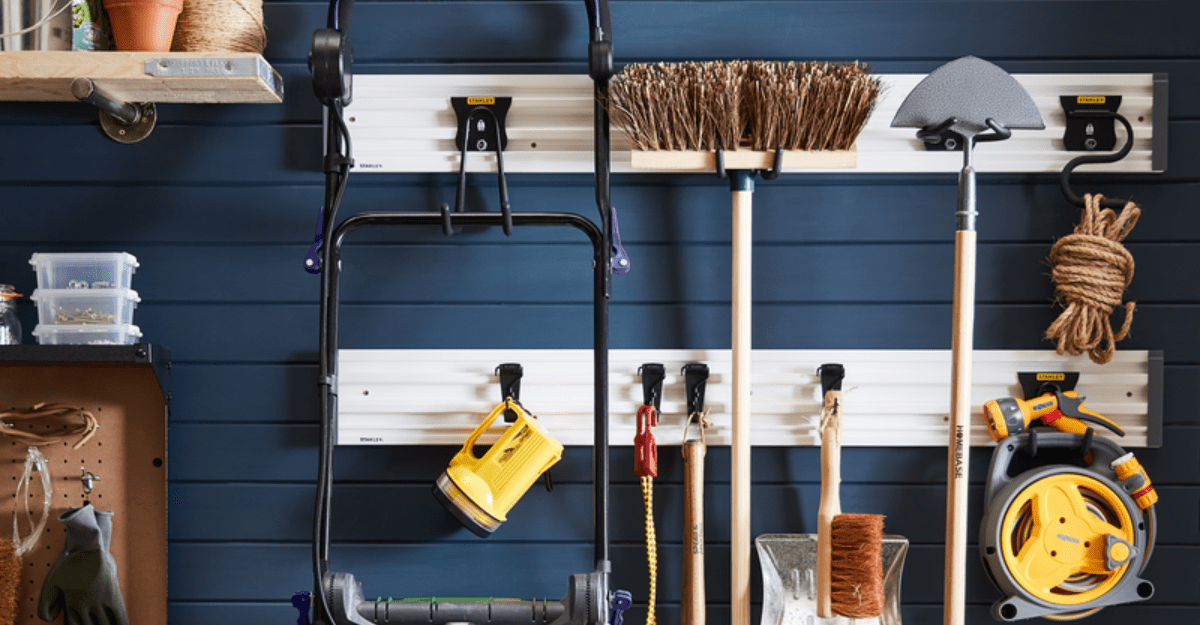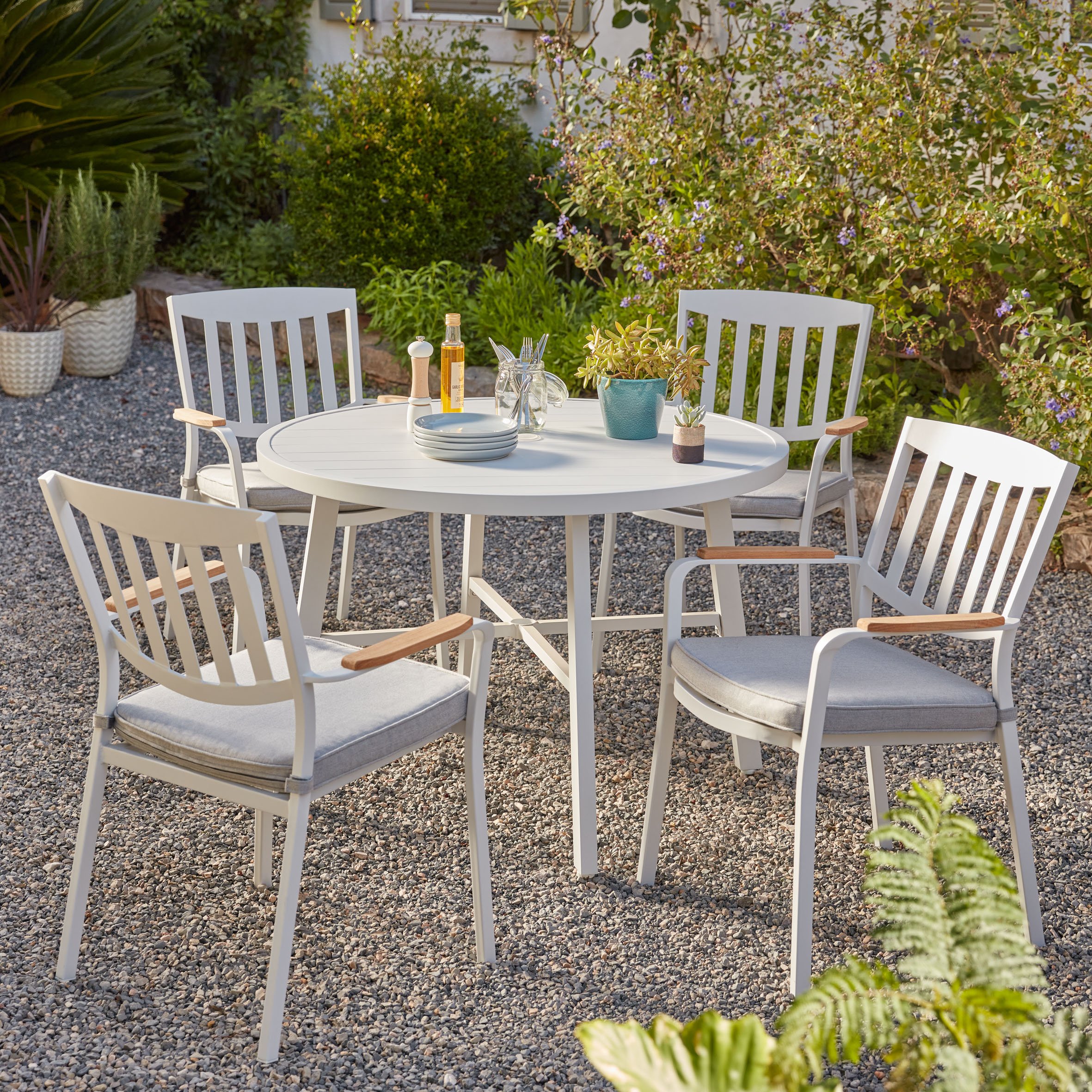What you’ll need:
Difficulty rating: Low
Planting fruit bushes and trees should be fairly straightforward regardless of your gardening experience.
When to plant: November – February
Raspberries or Redcurrants, Gooseberries or Blueberries – they all taste so much better when you’ve grown them yourself.
Whether you like gooseberry pie, raspberry jam or redcurrant jelly, you can save money on all these things when you grow your own.
Homemade treats never go out of style, so you’ll always have something to take when you visit your friends at home.

Step 1: Plant in the right place
Fruit bushes love the sun and, ideally, should be planted in an open space.
Planting a few fruit bushes will ensure you always have luscious pickings, and you can add them to your beds and borders so you don’t interrupt your current garden design.
However, if your outdoor space is small or limited, fruit bushes can also be grown in containers or pots (as long as the pots are 45cm in diameter); some bushes, like Gooseberries, can even grow against a wall.
Step 2. Plant at the right time
November through to February is the best time to plant fruit bushes, and the good news is that planting them doesn’t take too long.
Simply soak the roots in a bucket of water for about thirty minutes, and when you’re ready to plant the bush, dig a hole big enough to allow space for the roots and some manure or compost, but not deeper than the original soil depth when you bought the bush.
Tease out the root and place the plant in the hole, firming the earth around the plant.
Make sure you water it and sprinkle mulch around the base.
Step 3. Keep the fruit safe
You won’t be the only one looking forward to your fruit – birds also love the fruit that appears on trees and bushes, come summer and autumn.
Therefore, protecting your fruit bushes from birds is really important and a fruit cage is often the best answer to this problem.
However, if you’d rather solve the problem yourself, the cages are really quite easy to make: just measure your area, build a frame with tanalised timber and cover with wire mesh or netting.
If you grow fruit bushes in containers or pots, don’t forget to protect them with netting too.
Beyond the birds, normal plant maintenance is still important so weeding, watering and adding mulch should still be done.
Step 4. Prune your fruit bushes for future growth
To keep getting good fruit, you need to prune your fruit bushes every year in late winter and early spring.
With most fruit bushes you should prune all the shoots right back to encourage new growth from below soil level, and by summer the bushes will have formed plenty of new shoots that will carry fruit the following summer.
Raspberries are different. For summer-fruiting raspberries, cut all fruiting shoots once the fruit’s finished, but with autumn-fruiting raspberries you’ll need to cut the canes down to ground level come February.
With gooseberries, prune out dead or diseased stems in winter and also any that are crossed over, cutting them back to a young shoot with pruners. It’s also a good idea to cut back new growth by half.
Blackcurrant bushes are planted deep, so each year they produce new shoots from below ground.
Older branches should be pruned after you’ve picked your blackcurrants, and every year you should remove a third of any old stems with black bark by cutting them down to ground level, or to a strong new shoot.
Step 5. Enjoy the fruits of your labour
Summer and early autumn are when fruit bushes typically ripen, so don’t forget to pick your fruit and enjoy it before the birds beat you to it.










